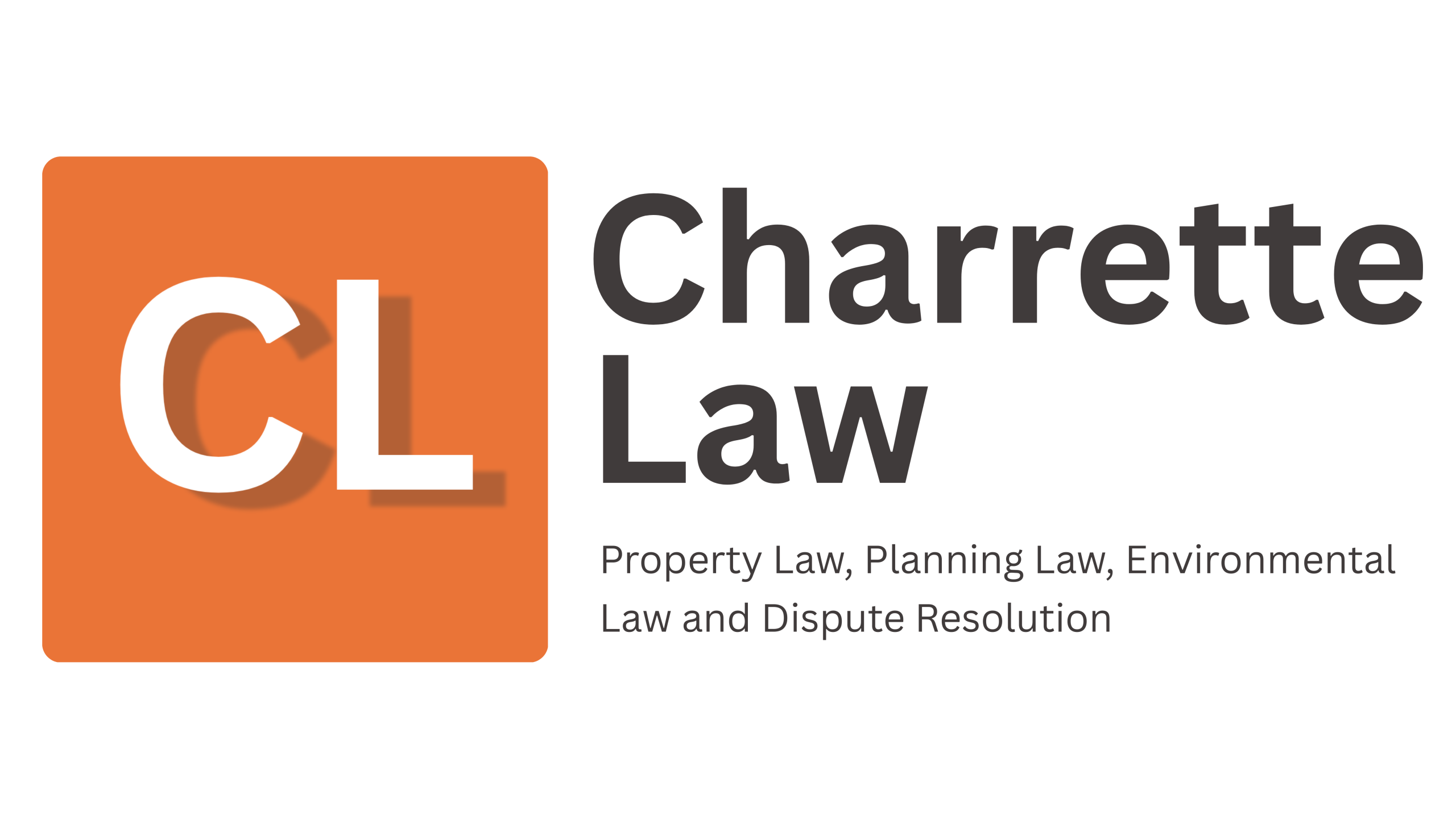When a planning decision goes against you, what do you do next? That question can feel urgent, confusing, and high stakes. Do you submit an appeal? Or is the proper route a judicial review? And how do you know which approach offers the best chance of success?
For developers, landowners, and communities alike, these two routes offer different forms of redress. One revisits the planning judgment itself, while the other scrutinises the legality of the decision-making process. But they are not interchangeable. Knowing the difference and choosing wisely can protect both your project and your finances.
At the heart of that choice are two specialist allies: Studio Charrette, which brings deep planning insight and technical understanding, and Charrette Law, which offers legal clarity and expert risk assessment. Together, they help ensure you are not just reacting to a refusal but purposefully navigating it.
What Exactly Is a Planning Appeal?
A planning appeal is a formal request to have a planning decision reviewed. It is most used when a local authority refuses an application, imposes unacceptable conditions, or fails to decide within the required timeframe.
Unlike a judicial review that examines the process when a permission is granted, a planning appeal is usually used to revisit the merits of a refusal. The case is reviewed by the Planning Inspectorate, which examines the application afresh. It does not just check for errors in reasoning but also considers whether, in light of policy and evidence, the proposal is acceptable.
Appeals can be conducted in writing, hearings, or public inquiries. The format depends on the case’s complexity and the evidence’s weight. While the process is open to the original applicant, it is not generally available to third parties such as neighbours or community groups unless they have a separate right of appeal.
This is where Studio Charrette often comes in. By working closely with applicants to present robust supporting evidence such as architectural drawings, transport assessments or ecological reports, they help ensure that appeals are grounded in planning principles and practical deliverability.
How Is Judicial Review Different?
Judicial review is not a re-examination of planning policy. It is a legal challenge in the High Court, asking a judge to determine whether a public body, such as a local authority or planning inspector, acted lawfully in making its decision.
This route is not about whether the decision was good or bad in planning terms. It is about whether it was made in the right way. Were the proper procedures followed? Was all relevant information taken into account? Was the process fair, rational and transparent?
Only those with a sufficient interest in the matter can bring a judicial review. This might include developers, local residents or campaign groups. The key test is whether the claimant is directly affected by the decision.
Charrette Law plays a vital role here. It helps identify whether a judicial review is even possible. It assesses whether the grounds are strong, whether procedural deadlines have been met, and whether the risk of costs is proportionate to the likely benefit. This is not a path to be taken lightly, and it requires a clear legal foundation.
Who Can Bring Each Challenge?
Only the applicant can lodge a planning appeal. That means the person or organisation whose application was refused is the only party with a formal right to trigger the process.
Judicial review, by contrast, has a broader net. Individuals or groups with a legitimate interest in the outcome can challenge the decision. This opens the door for environmental organisations, heritage charities, residents’ associations and others to become legal challengers.
That broader eligibility makes judicial review a powerful tool for communities, but also a potential source of delay for developers. Studio Charrette advises clients on anticipating and factoring these risks into project planning. Early engagement, consultation and policy alignment can help reduce the chances of a challenge arising at all.
How Do the Processes Work?
Planning appeals involve resubmitting documentation to the Planning Inspectorate and additional evidence if needed. The local authority submits its case, and both parties have the opportunity to make further comments. The appointed inspector then issues a final decision.
Judicial review starts with a pre-action letter sent to the decision-maker. If the matter cannot be resolved, court proceedings are initiated. The first stage is permission, where a judge decides whether the case should go to a full hearing. If granted, the review proceeds, and the judge can either uphold the decision or quash it.
Preparation is essential in both processes. Studio Charrette and Charrette Law work in parallel to ensure that appeal documents are technically strong and that any legal issues are identified and addressed early. This coordinated approach helps streamline the process and reduce unnecessary cost or delay.
What About Time and Cost?
Planning appeals vary in length. A written representation’s appeal may be decided in three to six months. Hearings and public inquiries can take longer, sometimes up to a year. Costs depend on the complexity, but professional fees for planning consultants, architects and legal advisors can add up quickly.
Judicial reviews are often faster in principle but can be more costly in practice. Claimants must act within six weeks of the contested planning decision, and the process involves formal court proceedings. Legal costs can be significant, especially if the case is lost and the claimant is ordered to pay the other party’s costs.
This is where careful analysis is essential. Charrette Law provides clients with detailed advice on the likely cost implications of a judicial review, including options for protective cost orders or staged review mechanisms. Studio Charrette helps ensure that planning merits are not overlooked even when a legal challenge is being considered.
What Are the Risks?
Every challenge carries risk. With planning appeals, the main risk is simply that the appeal is dismissed. This might mean further delay, additional cost, or needing to revise and resubmit the proposal. It is rare to face adverse costs in a planning appeal, but delays can still be damaging.
Judicial review carries higher stakes. If the court finds no legal error, the claim fails, and the claimant may be ordered to pay both their own costs and those of the other side. The reputational risk is also higher, especially if the challenge is perceived as tactical or ill-founded.
That is why strategic advice is so important. Studio Charrette ensures that any appeal is grounded in sound planning logic. Charrette Law ensures that any judicial review is built on firm legal foundations. They offer a balanced approach that weighs legal rights against practical outcomes.
How Do They Work Together?
Sometimes, the best strategy is not one route or the other but both. In some cases, a planning appeal is submitted to test the policy position, while a judicial review is prepared in parallel to address a serious procedural flaw. This dual approach requires precise timing and expert coordination.
By bringing legal and planning teams into the conversation early, clients benefit from joined-up thinking. Studio Charrette ensures the planning case is strong, well- presented, and policy-aligned. Charrette Law ensures that legal options are preserved and cost-effective. This level of integration offers clarity in moments of uncertainty.
Final Thoughts
Planning decisions do not always go your way. But when they do not, the real question is what you do next. Do you revisit the planning case and appeal on its merits? Or do you challenge the process through the courts? Or is a combination of the two the right path?
The answer depends on timing, risk, evidence and cost. More importantly, it depends on having advisors who understand both the legal and planning dimensions of your project.
That is what makes the partnership between Studio Charrette and Charrette Law so powerful. Together, they help clients not just fight bad decisions but win better ones. With their support, challenges become strategies, and setbacks become opportunities for progress.

